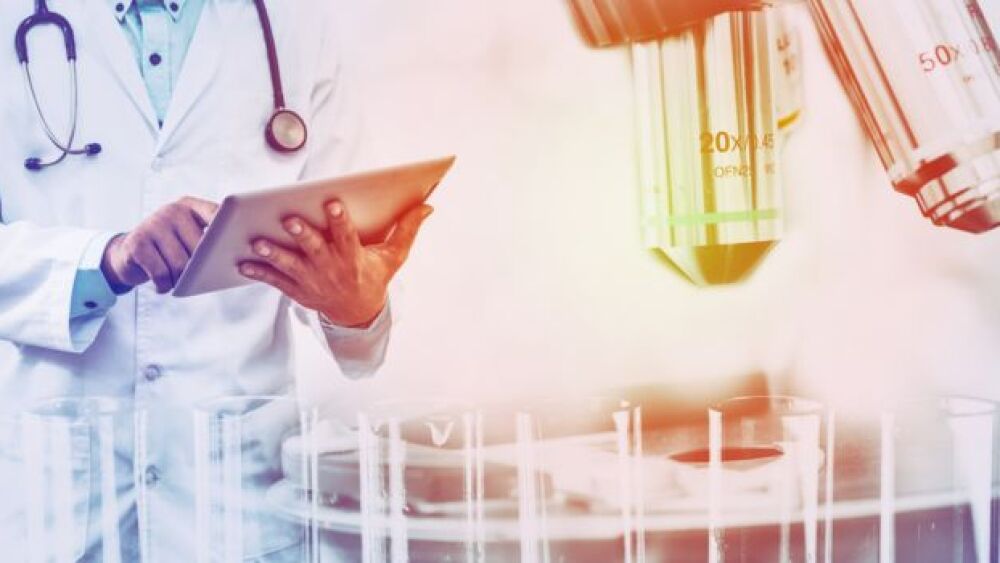Now, a group of Scripps Research scientists have shown that EP2-19G2, one of a panel of fluorescent monoclonal antibodies that were first reported in 2000, produces its distinctive bright blue glow through a rare and highly complex recombination of electrical charge. This charge recombination involves an electron hole—the gap left by the electron as it is transferred from one molecule to the other. The new study was published in the February 29, 2008 edition (Volume 319, Number 5867) of the journal Science.




